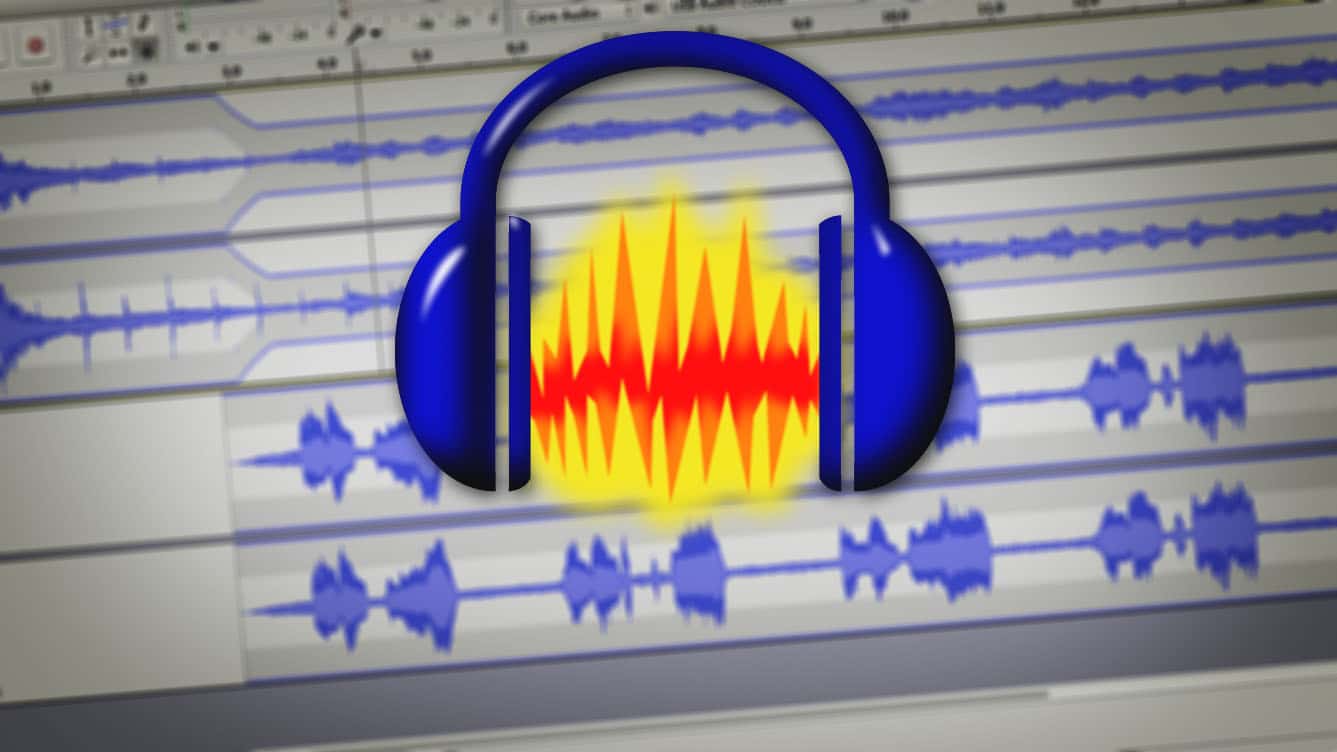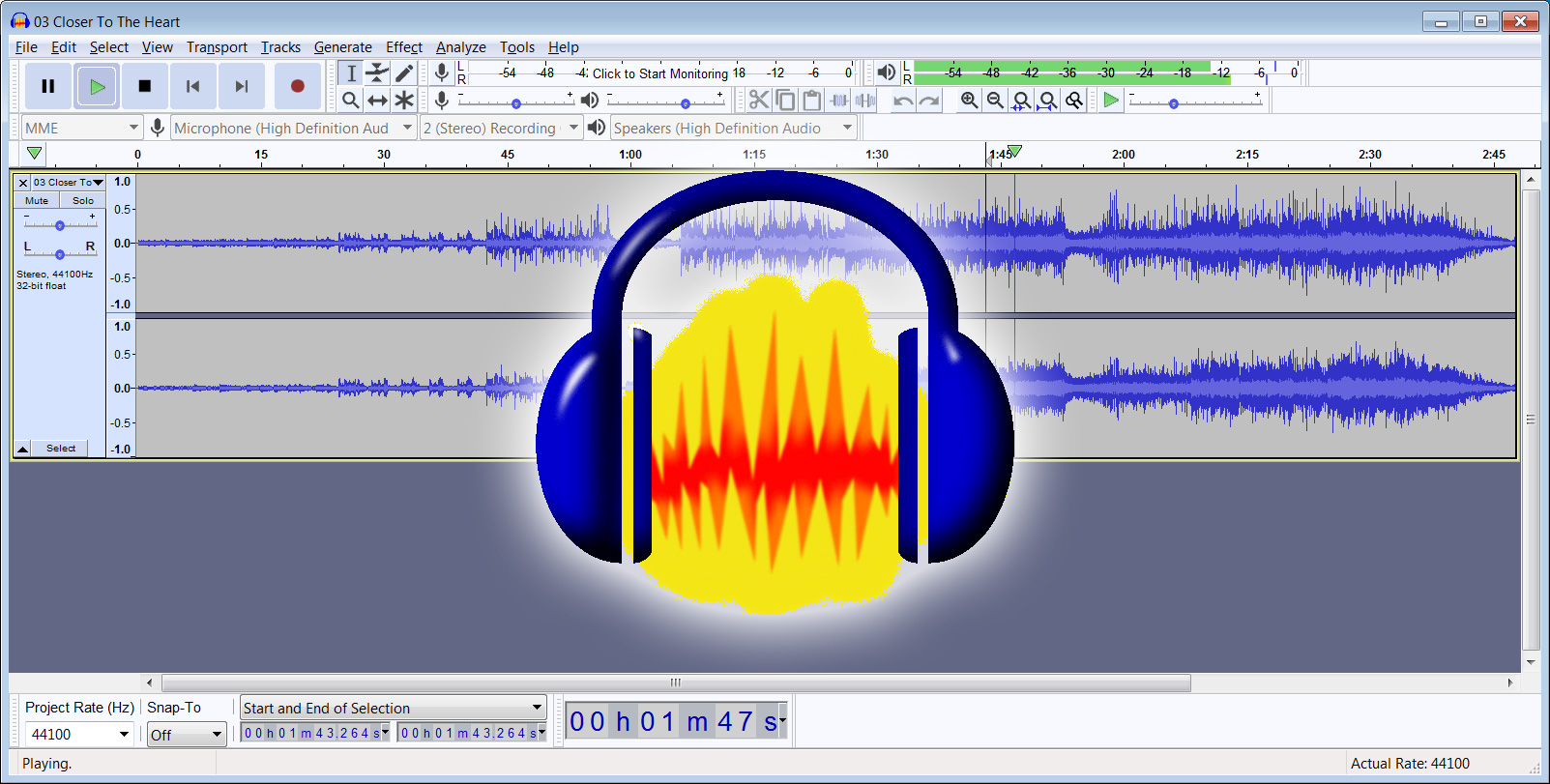Contents
All in all, by making use of Audacity, music enthusiasts could stretch the length of audio tracks to their liking. Still, since Audacity lacks a dedicated function for track extension, people have no choice but to resort to using effects. While most effects on Audacity feature straightforward performance, some may prove tricky to master and the ones for length changes belong to the latter category. Naturally, many requests for assistance regarding track length in Audacity share the same topic: how to extend audio in Audacity.
Advice On Stretching Audacity Tracks
Wish to extend your tracks in Audacity but have no idea what must be done? If that is the case, this article is for you. Down below, you would find a list of built-in effects of Audacity that you could use to extend tracks.
Change Tempo
As the name suggests, Change Tempo permits Audacity users to adjust the tempo of tracks which makes it a solid choice for length changes. It’s worth pointing out that Change Tempo changes the length of audio tracks but preserves the pitch. To use Change Tempo, load the track that you want to stretch, select Effects and choose Change Tempo. A dialogue box should pop up with the following features:
- Percent Change: In layman’s terms, the value that you put here would dictate the amount of change to tempo. Besides that, you could also drag the slider underneath and Audacity is going to update the value accordingly.
- Beats per minute “from” and “to”: Assuming that you know the beats per minute (BPM) of your track as well as the target BPM, enter the values. After you finish, Audacity automatically updates Percent Change and the “to” value of Length.
- Length “from” and “to”: The “from” value displays the current length of your track and it’s unchangeable. About the “to” value, whatever you enter would become the new length of your track.
- Use high-quality stretching (slow): If it’s checked, the stretching process should slow down. In exchange, the audio quality of stretched tracks approaches that of the original. For small to moderate changes to length, it’s best to leave the box checked.
- Manage: Allow access to presets
- Preview: Play a sample of the result. You may change the length of the sample (Edit > Preferences > Playback). By default, the sample lasts for six seconds.
Note: All in all, Change Tempo is a time-stretching effect and that means it’s tough to avoid distortion sometimes. Even if you enable high-quality stretching, audio quality tends to take big hits if you apply extreme changes.
Change Speed
Generally speaking, via Change Speed, it’s possible to manipulate the speed of tracks which cause changes in tempo, pitch, frequency… For instance, if you reduce speed to extend audio, the frequency is going to drop. Since there is no way to change each of the aspects individually, you must think it through before using the Change Speed effect. In any case, if you elect to use Change Speed, import your track into Audacity, pick Effects and choose Change Speed.
Here is what you need to know about the Change Speed dialogue box:
- Speed Multiplier: Generally speaking, the value of Speed Multiplier would set the new speed of your track. For example: By entering “2.000”, you could double the track speed. On the other hand, if you enter “0.500”, the speed of your track should drop by half.
- Percent Change: Similar to Speed Multiplier, Percent Change helps you determine how much faster/slower your track becomes. However, while the value of Speed Multiplier comes in “time”, Percent Change uses “percent” as its unit. The moment you enter the value of Percent Change, Audacity is going to update the value of Speed Multiplier. For instance, if you enter “+100%” in Percent Change, the value of Speed Multiplier should turn into “2.000”.
- Standard Vinyl rpm “from” and “to”: Have a classic recording with the wrong speed? Then you would find this feature useful. To make use of Standard Vinyl rpm, select the current speed of your recording in the “from” menu. Next, choose the speed that you want your recording to be in the “to” menu.
- Selection Length: Two values appear here: one for Current Length and one for New Length. The Current Length value indicates the original length of the current track so you cannot change it. About the value of New Length, it establishes the track length following the application of the effect.
- Manage: Allow access to presets
- Preview: Play a sample of the result. You may change the length of the sample (Edit > Preferences > Playback). By default, the sample lasts for six seconds.
Paulstretch
Once it comes to stretching tracks by huge amounts on Audacity, Paulstretch is by all accounts the best effect. Unlike other stretching effects, Paulstretch keeps audio distortion to the minimum for most of the time. Unsurprisingly, during discussions about how to extend audio in Audacity, Paulstretch earns a shower of praises from users around the globe. To use Paulstretch for length extension, load the track, go to Effects and hit Paulstretch.
The dialogue box of dialogue box consists of the features down below:
- Stretch Factor: To put it plainly, the value of Stretch Factor manages how stretchy the new track is in relative to the original one. Here is an example: if the Stretch Factor value is 10, the new track is going to be ten times longer than the original track.
- Time Resolution (seconds): The smaller the value, the higher the time resolution. However, it’s noteworthy that as the value increases, the frequency resolution rises accordingly. Usually, 0.25 is adequate for ordinary tracks but feel free to go to 2 and above to create special effects.
- Manage: Allow access to presets
- Preview: Play a sample of the result. You may change the length of the sample (Edit > Preferences > Playback). By default, the sample lasts for six seconds.
FAQs
Is there a limit to the stretching of tracks?
It depends on the effects you use to stretch your tracks. For instance, if you use Change Speed, you could extend the audio as much as 100 times compared to the original when a need arises.
How come my stretched track sounds kind of odd?
Overall, it’s natural for the audio quality to fluctuate after you stretch your track using the effects of Audacity. You could use effects such as Noise Removal, Normalize and so on to take care of the distortion in your tracks. Still have a hard time restoring the audio quality of your track? In that case, you may want to install a number of third-party plug-ins to bring the audio back to normal.
What must be done to revert the stretching?
On Audacity, you could shrink tracks with some of the effects that you use to extend audio (Change Tempo, Change Speed, etc). Assuming that you nail the values, you may be able to retrieve the original track to a certain extent. Nonetheless, stretching as well as shrinking tracks cause the audio quality to change. As a result, it’s best to keep copies of the original tracks around so you don’t have to deal with the headache of reversing effects.

Hi music fan! I am Jeff. Hope that you enjoy some stuff I shared here in my personal blog.
About myself, Currently I am in charging as Artist Manager/Music Supervisor at 72 Music Management. I did managed album to Grammy Award in 2017 with 7 Nominations from 2014-2020 and had the opportunities to work with : A.J. Croce, Blind Boys of Alabama, Bobby Rush, Dom Flemons, Dustbowl Revival, Sarah Grace
Governor of the Memphis Chapter of The Recording Academy is one of a award that I am lucky to achieved.



